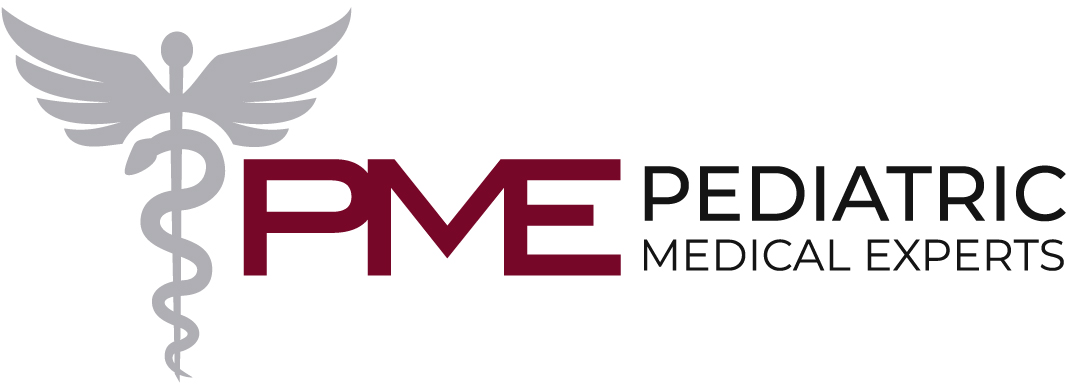By Santa J. Bartholomew M.D. FAAP, FCCM
See Corresponding Case Study:
Winter is the time for viral season in infants and children. Many of the winter viruses are spread by droplet and secretions making them very transmissible from toddlers to infants and each other as well as their adult caretakers. Since toddlers are at a developmental age of still sharing toys, drinks, and germs – diseases such as respiratory syncytial virus (RSV) and human metapneumovirus (HMPV) are very common in hospitals and outpatient offices in the fall through early spring.
These viruses have no primary treatment like a bacterial pneumonia or infection might but can cause severe lung disease nonetheless and make children vulnerable for bacterial disease as the lining of the lung is injured by the inflammatory response that these viruses incite in the body. Many older children and toddlers display these diseases as just a “very bad cold”: fever, runny nose, coughing and sneezing, poor appetite. Slowly in 7-10 days, these symptoms abate, and the child begins to feel better and slowly returns to normal at the beginning of week two.
Assessing Risk
Pediatricians are tasked during the winter months when assessing these children in assessing risk. The natural history of both viruses is the same. Those infected HMPV tend to be slightly more at risk of being super-infected with bacterial disease like Staphylococcus Aureus or Streptococcus pneumoniae pneumonia’s than those primarily infected with RSV but the natural course of disease is essentially the same. So, what makes these diseases deadly?
Newborns and preterm newborns are obligate nose-breathers so if they become congested with mucous and secretions, they can become very distressed.
Risk Factors
If the disease infected healthy people age 5 to 30 years old and that was all, everyone would get a cold and then get better in 7-10 days. But 5 years olds live with older siblings who may have asthma or cancer or an immune disease, their families may have a newborn infant, or a preterm infant recently discharged from the NICU. These children have different risk assessments than the initial toddler: the healthy five-year-old. Pediatricians, ED physicians who see children, pediatric hospitalists in caring for patients with RSV and HMPV are not expected to cure a viral disease without as yet a known cure but to assess risk based on the host (or child) that is infected.
Newborns and preterm newborns are obligate nose-breathers so if they become congested with mucous and secretions, they can become very distressed, sometimes turn blue or have great difficulty breathing and eating. They can sometimes have periods of apnea as a response to their disease. These children are often admitted to the hospital for care, they are placed on monitors looking for apnea or for periods of low oxygen levels that may need to be supplemented so as not to injure their developing brain. Because their noses are blocked with secretions they often will not feed and are greater risk for dehydration and the things that may follow this such as hypovolemic shock and kidney failure. The physician in this circumstance is not called upon to cure these children’s virus but to anticipate the child’s response based on age and health and then determine where and how they are best cared for based on available literature and experience.
As newborns are more likely to be admitted to the hospital with RSV and HMPV children 5-10 years old are more likely to be sent home with instructions for supportive care. However, a 5-year-old asthmatic who has a history of being on a mechanical ventilator in the past who now presents, with HMPV who has breathing difficulty to the ED, is at risk of developing a severe asthma attack as the inflammation from the virus progresses. This 5-year-old may be best treated for the peak of his or her disease in the hospital.
A child undergoing chemotherapy who has very few white cells would be a child best cared for by seeing their doctor daily or being in the hospitalized until it is clear they will not be super-infected with a bacterial which could easily lead to their death.
So, winters are difficulty times of doctors who care for infants and children. Viruses and risk abound and they must make savvy, wise decisions often with limited information and quickly as offices and ED’s become overwhelmed with sick infants and children. But good risk assessment is a must!! Careful questioning about other breathing diseases, heart disease, immune diseases, previous hospitalizations, other illnesses. These few extra minutes to gather in the information to make a good risk assessment may save a child’s life.
